Filaflex 60A
Filaflex 60A "PRO", il filamento flessibile più elastico sul mercato, adatto solo ai più "pro" e impavidi della stampa con filamenti flessibili.
- Durezza Shore 60A
- 950% di allungamento
- Elasticità elevatissima
- Inodore
- Non richiede un letto riscaldato
- Prodotto nella UE
Ancora una volta, ce l'abbiamo fatta! Abbiamo prodotto il filamento di TPU flessibile più elastico presente sul mercato per la stampa 3D con un allungamento alla rottura del 950%. Se si pensava di aver visto tutto quando si tratta di flessibilità, non si era nel giusto. C'è vita oltre la stampa grazie a filamenti flessibili con durezza 70A Shore; il futuro è già realtà.
Filaflex 60A "PRO" è adatto solo per i più "PRO", cioè per i professionisti o gli utenti con maggiore esperienza nella stampa con filamento flessibile. Si posiziona come il membro più giovane e nuovo della famiglia del nostro marchio "Filaflex", che, nonostante sia di recentissima produzione, e per le sue specifiche prerogative, si distingue per le sue eccellenti proprietà per essere il filamento più elastico di tutti, con una durezza SHORE "A" 60. Come i suoi fratelli maggiori (Filaflex 70A "Ultra-Soft", Filaflex 82A "Original" e Filaflex 95A "Medium-Flex"), Filaflex 60A "PRO" vanta la proprietà di essere elastico. In altre parole, dopo l'allungamento, ritorna alla sua forma originale senza deformarsi, a condizione che il suo limite elastico non venga superato. Inoltre, non è adatto a tutte le testine di stampa (hotend) All Metal tuttavia, poiché il filamento potrebbe bloccarsi e non scorrere correttamente, se sorgono perplessità, siamo a disposizione per ulteriori suggerimenti.
I filamenti flessibili TPU della gamma Filaflex sono caratterizzati da una grande aderenza al piatto di stampa, quindi non hanno bisogno di un letto riscaldato, nastro blu, pellicola kapton, lacca o qualsiasi altro adesivo spray. Inoltre, sono inodori è resistente ad alcuni tipi di solventi e combustibili. La loro stampa richiede linee guida diverse rispetto ai filamenti rigidi. Per tale motivo la stampante 3D deve essere configurata in modo appropriato.
Applicazioni
Filaflex 60A è atossico e può essere utilizzato a contatto con la pelle. Ideale per uso medico o alimentare. Può essere utilizzato per creare pezzi che richiedono un'elasticità molto elevata, come ad esempio:
– Solette: solette ortopediche.
– Modelli di protesi e organi: protesi di braccia, mani, organi destinati alla simulazione di operazioni chirurgiche,...
– Oggetti e componenti flessibili per l'industria, automotive: paraurti, giunti, pneumatici, pinze...
– Parti e complementi tessili: capi tessili, tessuti, stampa su capi, borse, orecchini,...
- Temperatura di stampa
- 215-225°C. Temperatura consigliata 218°C (mai approssimarsi o superare i 235°C).
- Velocità di stampa
- Iniziare a 20 mm/s e continuare fino a 40 mm/s.
- Tolleranza del diametro
- 0.04 mm.
- Altezza dello strato
- 0,08-0,25 (per ugelli da 0,4 mm). Risultati ottimali 0,2 mm.
- Velocità di retrazione
- 25-30 mm/s ad una distanza di 2,5-6 mm.
- Velocità di avanzamento
- 160-200 mm/s.
- Durezza Shore
- 60A
Riepilogo
(6 Recensioni)
Seleziona un punteggio per filtrare le recensioni.
Saved us a fortune and many headaches
We manufacture small linear actuators that work on a unique principle. They require a dampening plug that we used to make of 1/4" EPDM cord.
However, due to change of molds, we now need 6.7 mm diameter instead of 6.35. And since that's non-standard and the manufacturers are unable to produce that material to the millimeter, we were unable to source it anymore - anywhere.
So we printed them instead. We reached the required flexibility by having a hole in the plugs. The best thing is that it printed perfectly with a QiDi iFast with Recreus' recommended paraments and loosening the extruder tensioner.
Even better was that we put that plug through 800,000 impacts inside an actual actuator and it emerged with exactly the same properties. No delamination, no change of Shore hardness. And that on our first try!
Print bed recommendations
My application for the 60A Filaflex has involved relatively thin builds. As such, I was looking for creative ways to easily remove the filament from the print bed, yet not alter the structure of the print, upon removal. I tested many bed surfaces, ranging from parchment-type baking papers to aluminum foil. The best surface I have found is simple silicon baking sheet...(German Silicon with .4 mm thickness).
Very good product
I had to modify my feed into the extruder as it has high friction on bundle tube . But an amazing product when tuned in to the machine. Very flexible & the layers bond really well so can be put under stress with on faults showing.
Crazy good filament!
I bought this filament a week ago and when I first tried to use it with my Prusa i3, it got stuck inside of the extruder gears. But when I lowered the tension of the gear and placed it by hand into the PTFE tube, it worked perfect! This is how I think of really flexible filament! Great!

 it
it  es
es en
en fr
fr de
de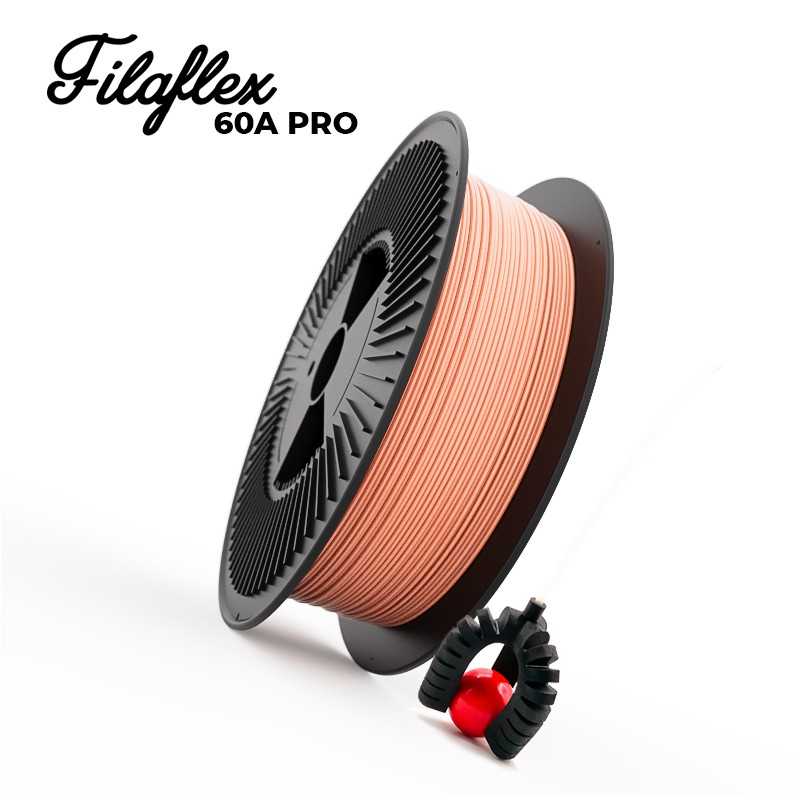






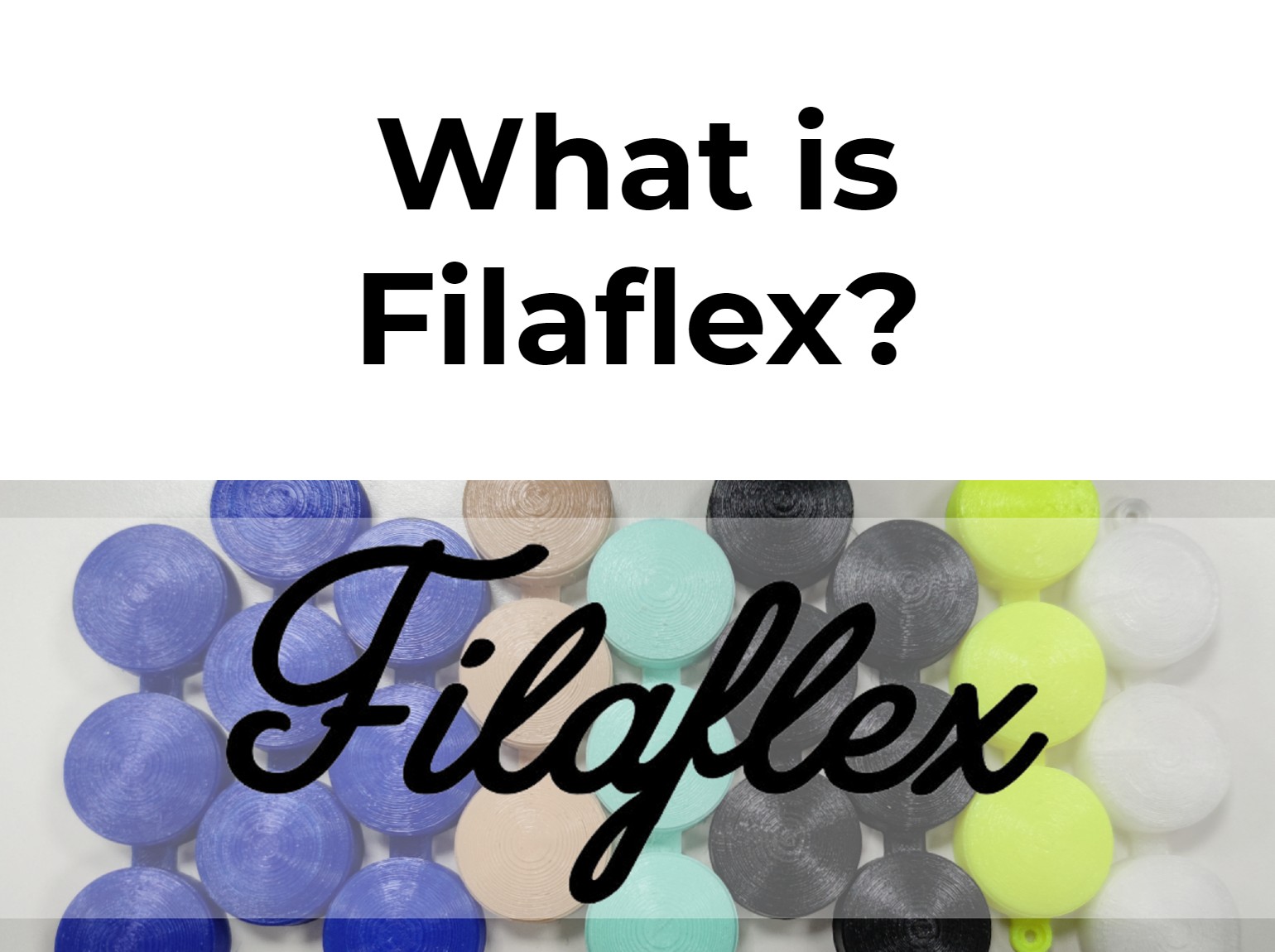







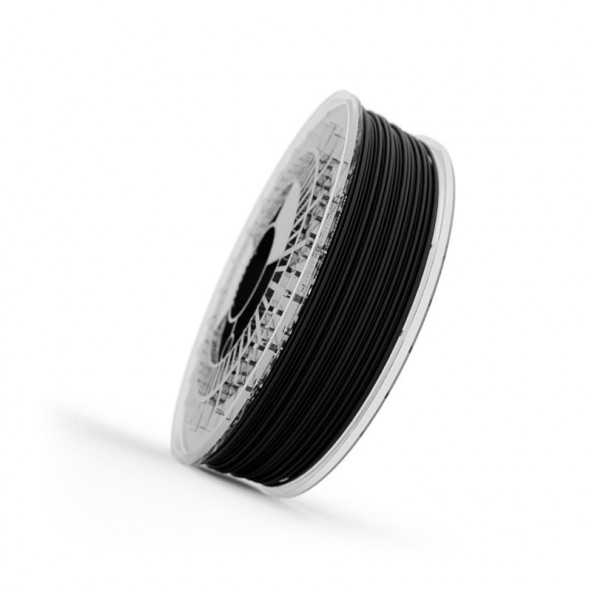
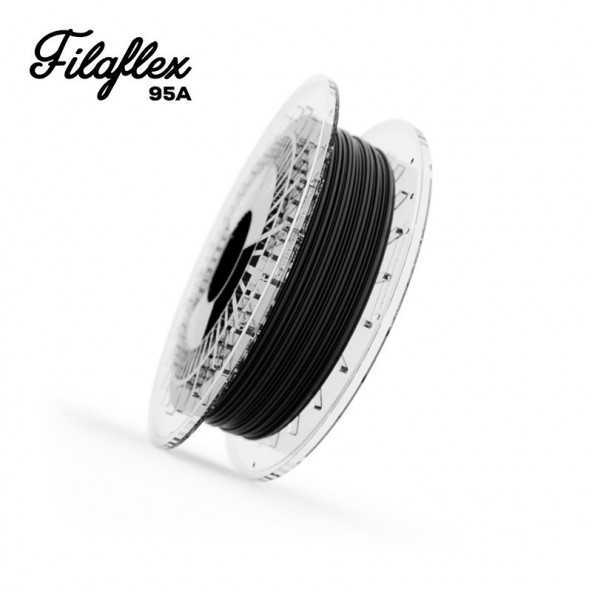
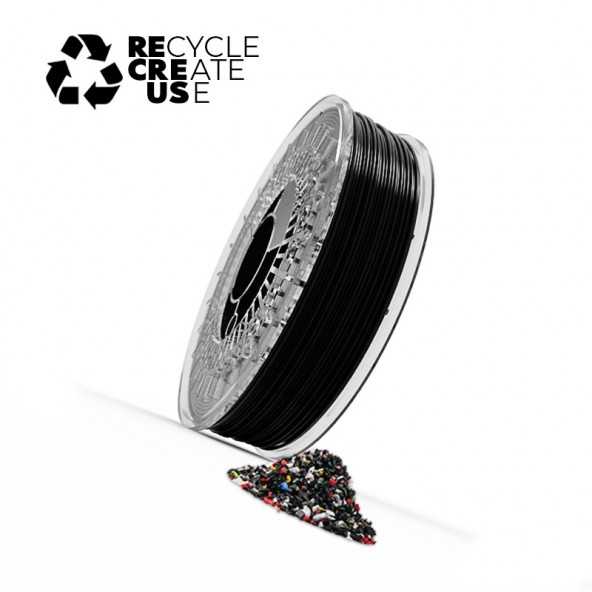
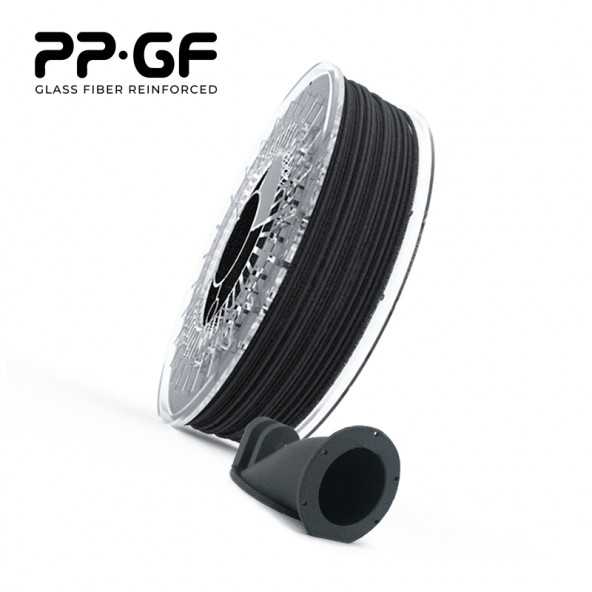
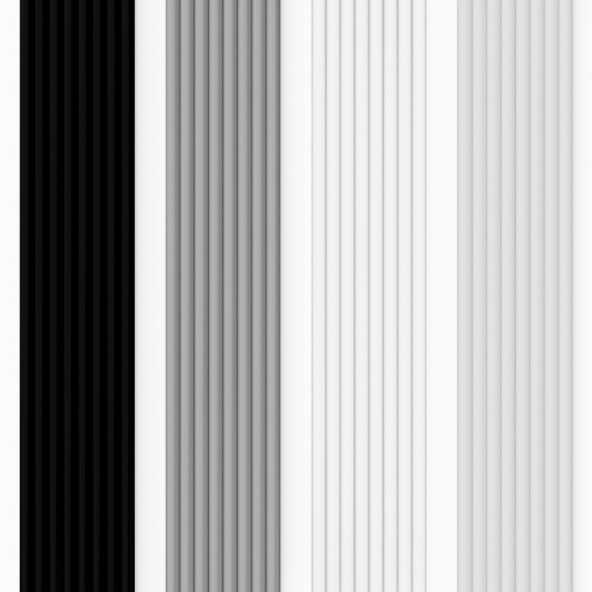
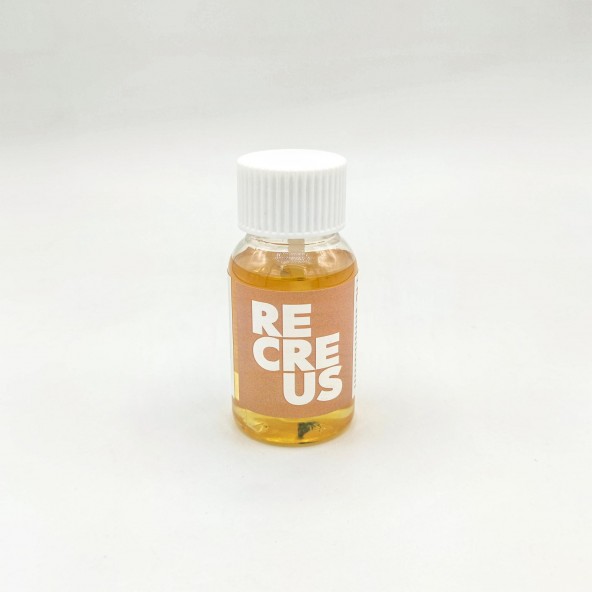
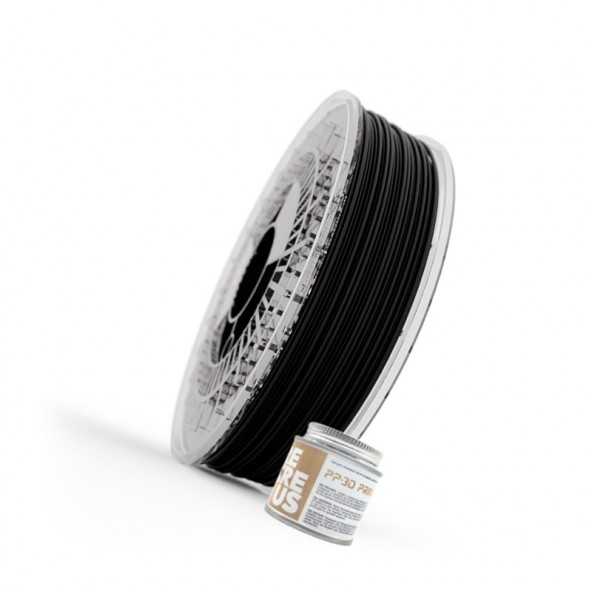
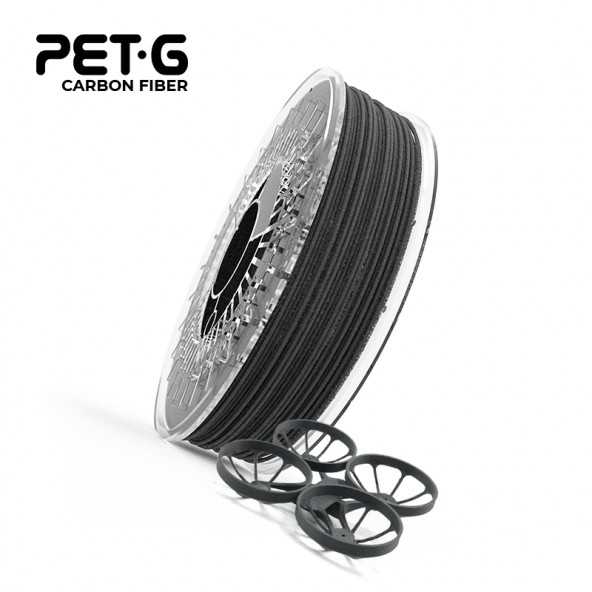
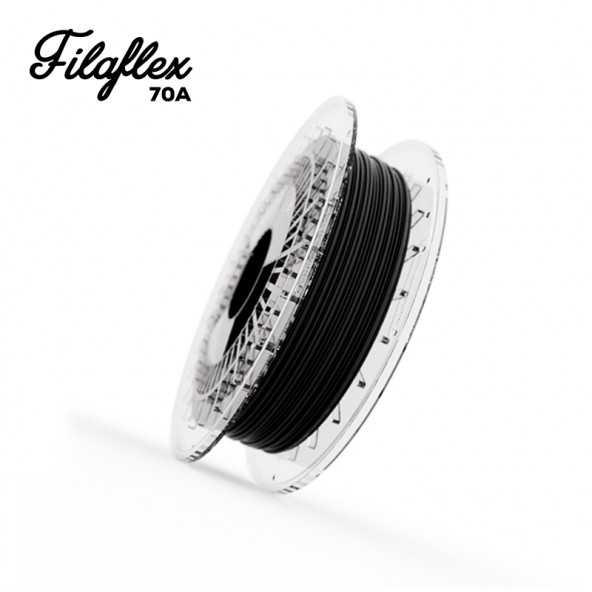
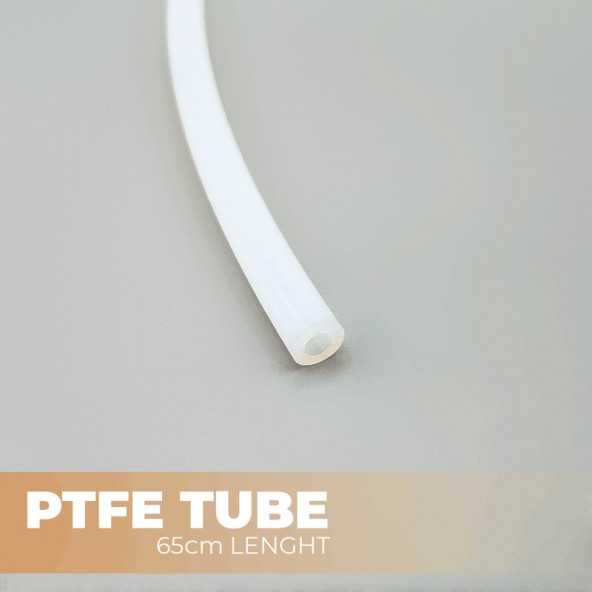
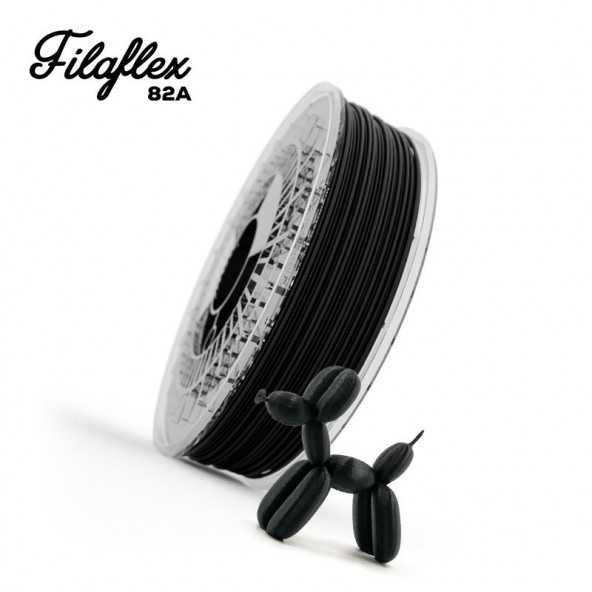
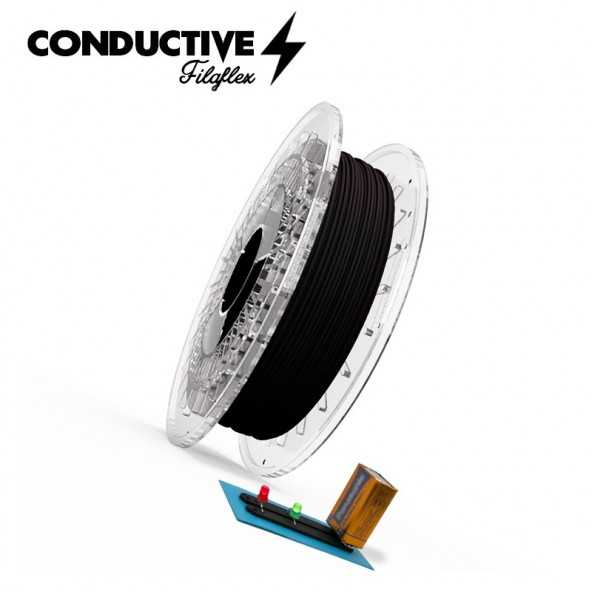
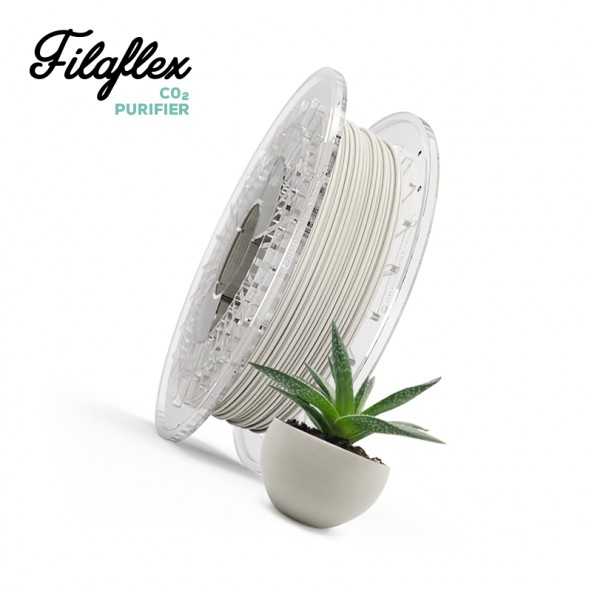


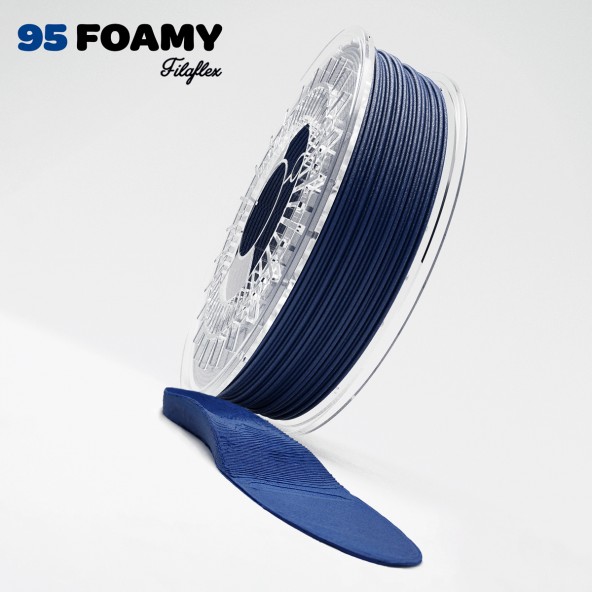
Go Slow
Direct drive, not too tight with the bed level and Go Slow! It's been a good experience with what is probably the most flexible filament on the market.